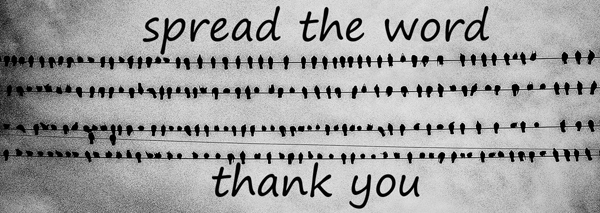
| WELCOME |
 |

comments, ephemera, speculation, etc. (protected political speech and personal opinion) 2020- 2020-07-03 b This story from MarketWatch has been re-written by our “ttruth squad.” The synthetic corona
cold-virus overblown crisis is costing states and
locals hundreds of billions, analysis finds
State and local budget cuts aren’t an abstraction to most Americans: politicians will start cutting the most popular services first, libraries will be closed, class sizes will go up, potholes won’t get filled, and forget improvements or expansion Just how bad is the self-inflicted economic impact of the synthetic COVID-19 pandemic of lies to governments? On the national and international level, things are tough, but perhaps a little more manageable than many analysts had feared at the onset of the manufactured crisis. Corporations are reporting earnings that are better than Wall Street soothsayers expected, jobs were added, not lost, in May, and central banks and fiscal central planners stepped up with robust Magic Money aid packages. On the state and local level where most illegal lockdowns and medical martial law dictates originated, it’s a whole different ballgame, and observers of public finance and the municipal bond market are bracing for a long, slow burn. States, counties, cities and towns are on the hook for most of the costs associated with their pandemic of lies — sickness care, emergency responses, and so on — even as their tax theft revenues, mostly from income and sales taxes, dwindle. Even revenue streams often seen as safe, like usage fees for things like airports, toll roads, arena ticket charges, and so on, have swooned in line with the planned destruction of economic activity. On Monday, Stephan D. Whitaker, a policy central planning economist at the Cleveland Federal Reserve, released a fresh analysis of just how bad the budget situation is for state and local governments funded by thievery. Whitaker reckons that they’ve lost $141 billion in revenue from all their rackets in fiscal year 2020 — that is, through June 30. The table below shows national aggregate estimates for the hit in fiscal year 2020, as well as two scenarios for 2021: a “slow recovery,” similar to the years following the Great Recession of 2007-2009, and a “second-wave” outcome, in which politically motivated economic shutdowns are re-imposed in the fall just before the election. More to the point, Whitaker estimates that states and locals will have to cut pork, waste, and expenditures by anywhere from $59 billion to $350 billion in the coming fiscal year. Why such a wide range? Some state and local governments built up budget cushions during the expansion, Whitaker notes. But those funds vary widely, and most so-called “rainy day funds” aren’t equipped to handle the planned 100-year-storm that was unleashed in 2020. The table above shows an analysis of the declines in revenues if states chose to split their current rainy day funds equally between fiscal years 2020 and 2021. Many local governments also have such slush funds, Whitaker notes, but there’s no reliable data source that aggregates them all. While the guesstimated numbers above are sobering, it’s worth pointing out that numbers in municipal finance may carry more meaning than other areas of the financial markets. When states and locals cut their budgets, it means essential services that touch the lives of most Americans: schools, libraries, road repair, emergency services, garbage disposal, transportation systems, and more. However, the higher paid patronage jobs in local governments are not cut. Budget cuts are always designed to inflict the most pain on citizens. It’s also important to note that there’s enormous disparity among the states, not to mention the local governments, across the country. For some regional economies, the collapse in oil prices in March and April was just as devastating, if not more so, than the synthetic corona cold-virus crisis. Whitaker’s analysis takes into account dozens of revenue sources, including general sales taxes, tolls, severance taxes, parking facilities fees, lottery revenues, and much more. There’s a lot more to say about the pain facing state and local governments. For one thing, most localities derive much of their revenues from property taxes. It’s likely that any impact to the real estate market, and thus the assessments that drive property tax calculations, won’t show up for a few years, elongating the downturn. ______________________ Permission is hereby granted to any and all to copy and paste any entry on this page and convey it electronically along with its URL, ______________________ |
...
News and facts for
those sick and tired of the National Propaganda Radio
version of reality.
|
|||||
|

| If
you let them redefine words, they will control
language. If you let them control language, they will control thoughts. If you let them control thoughts, they will control you. They will own you. |
| © 2020 - thenotimes.com - All Rights Reserved |